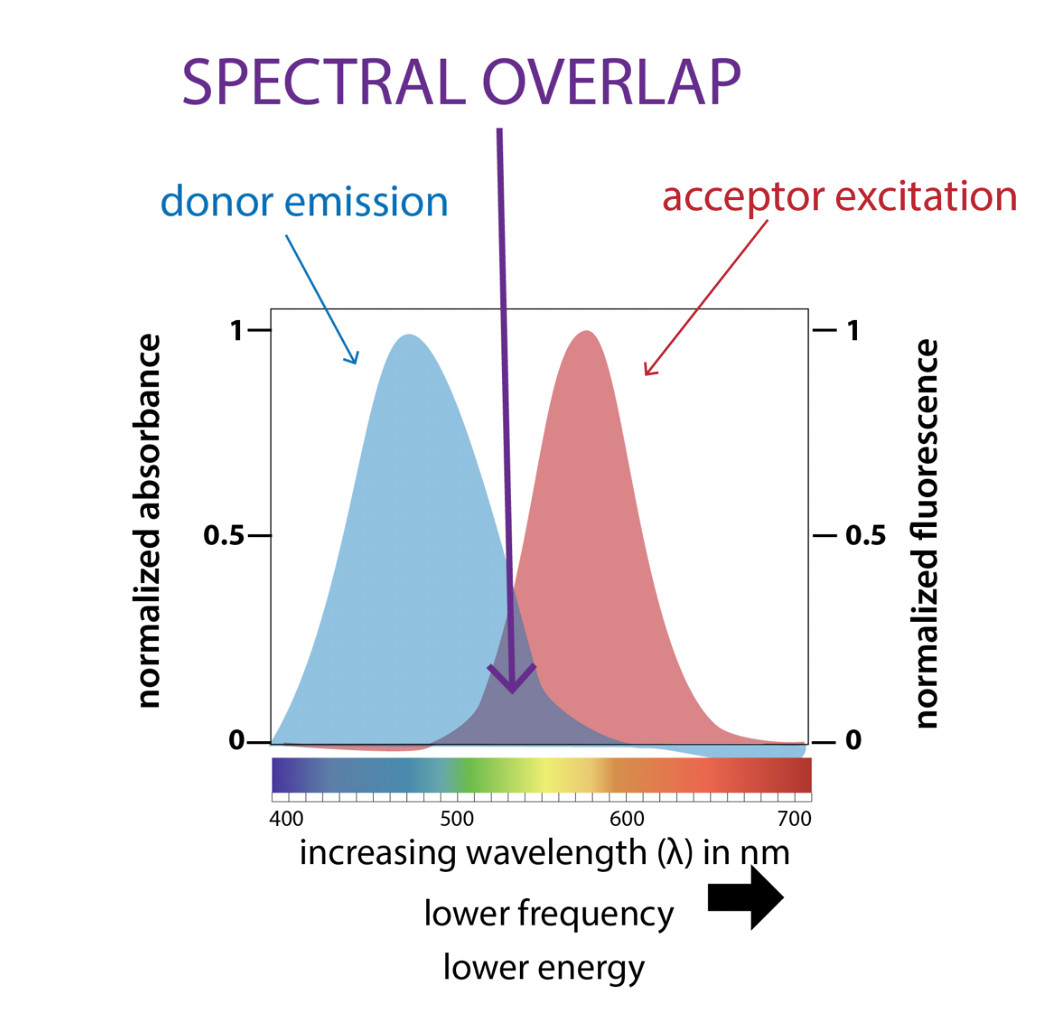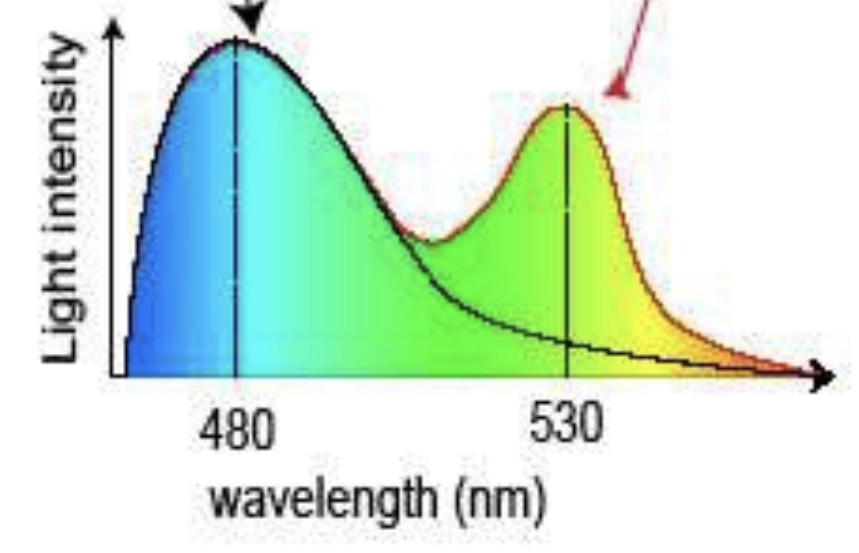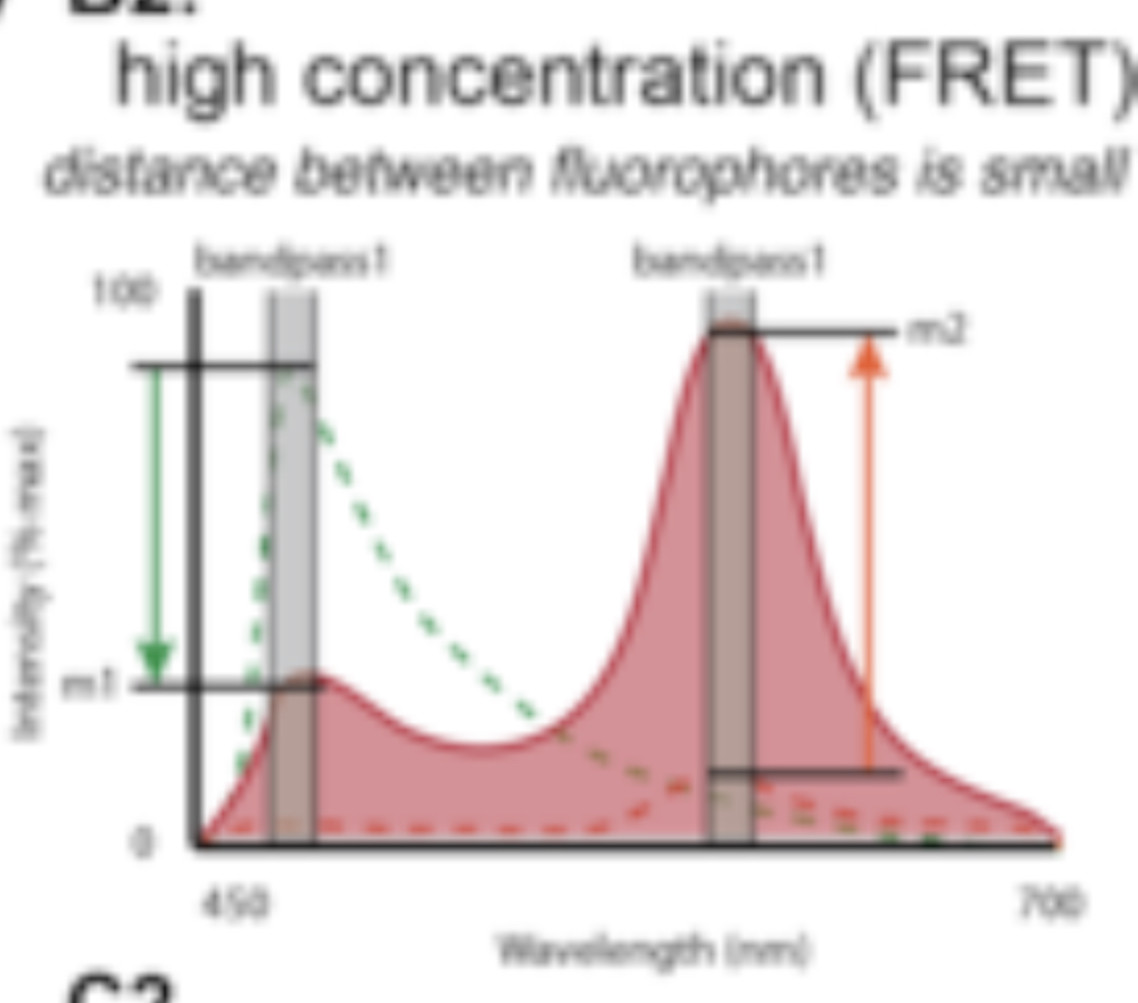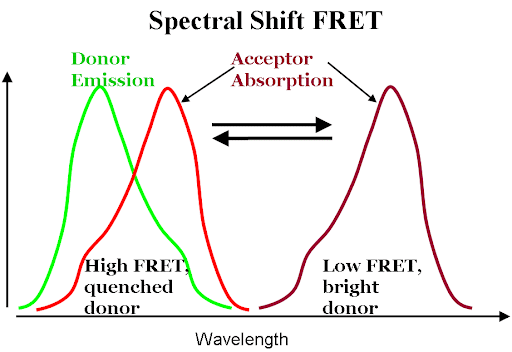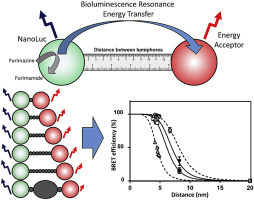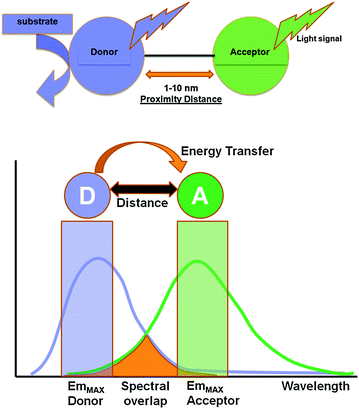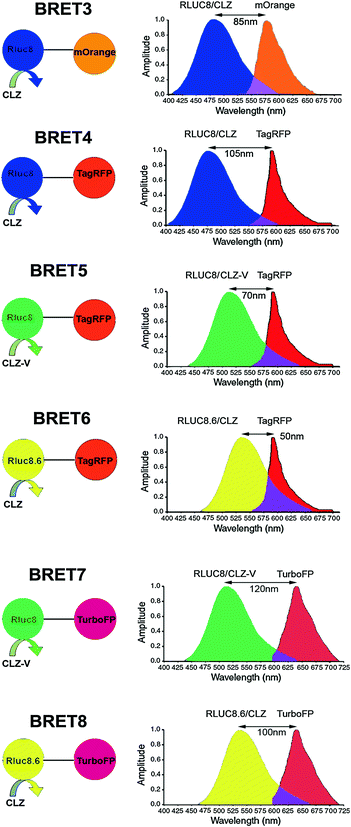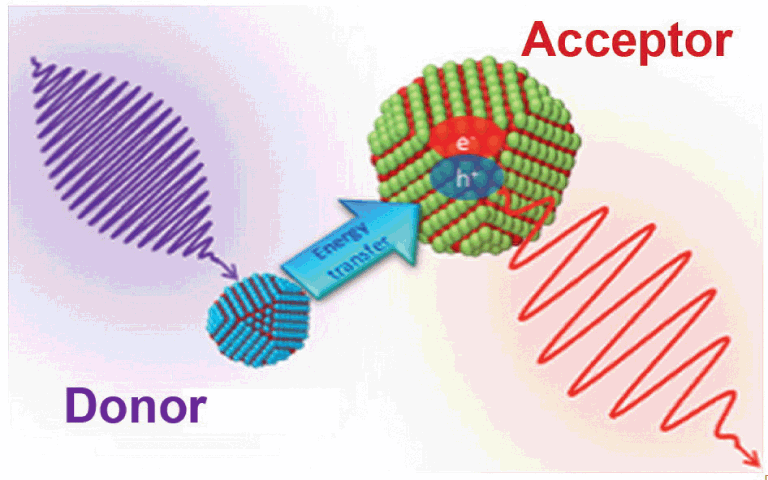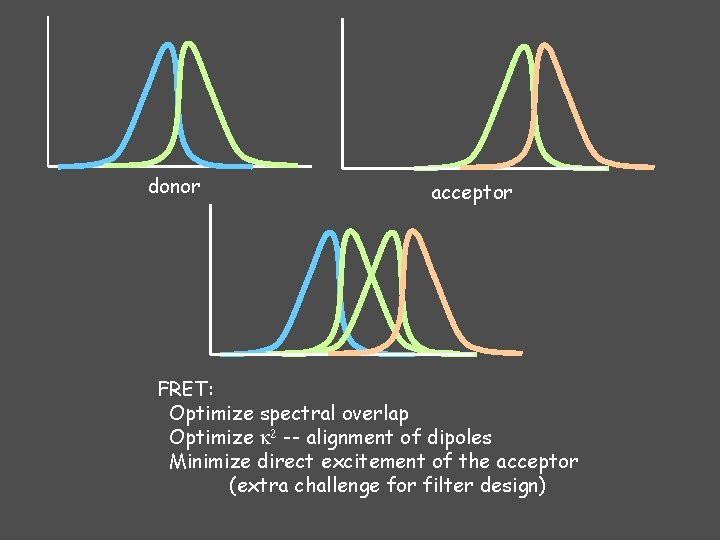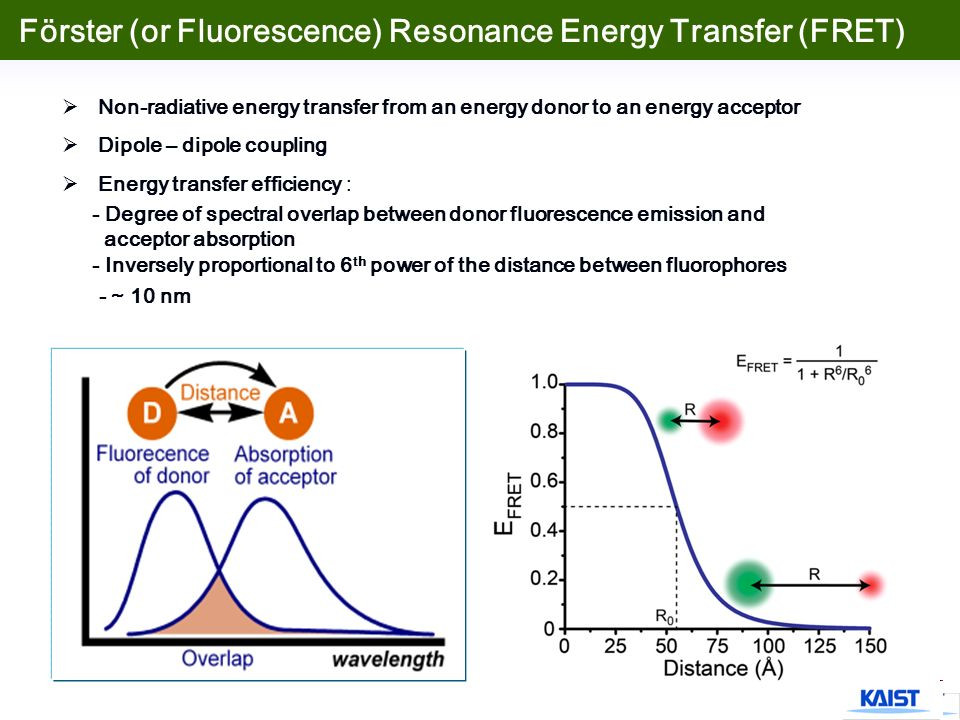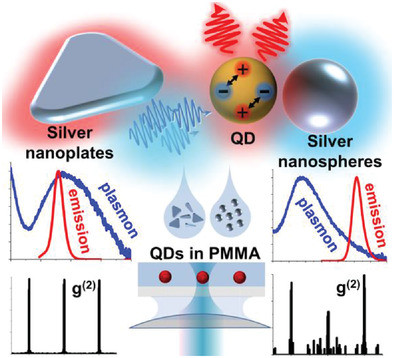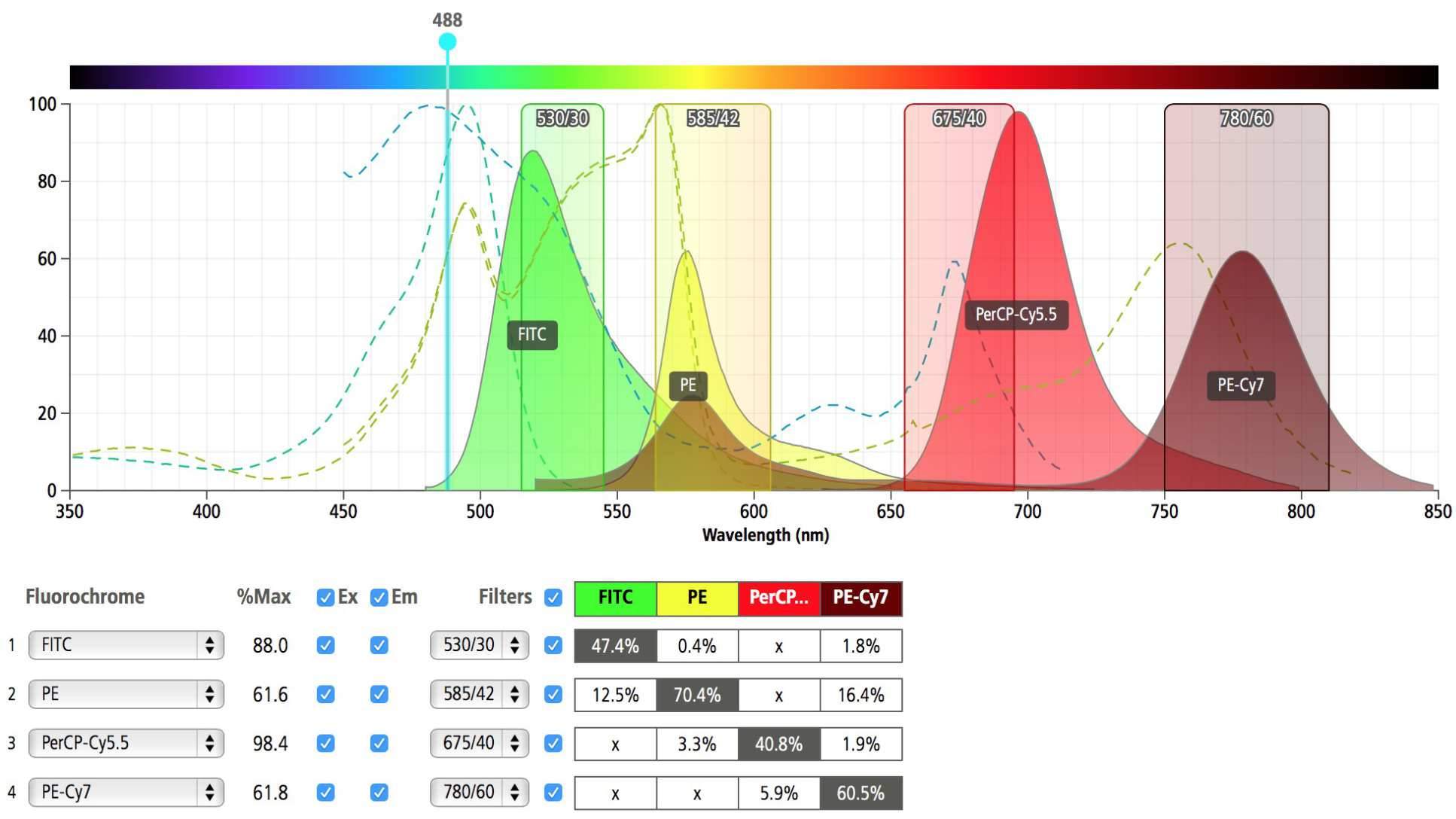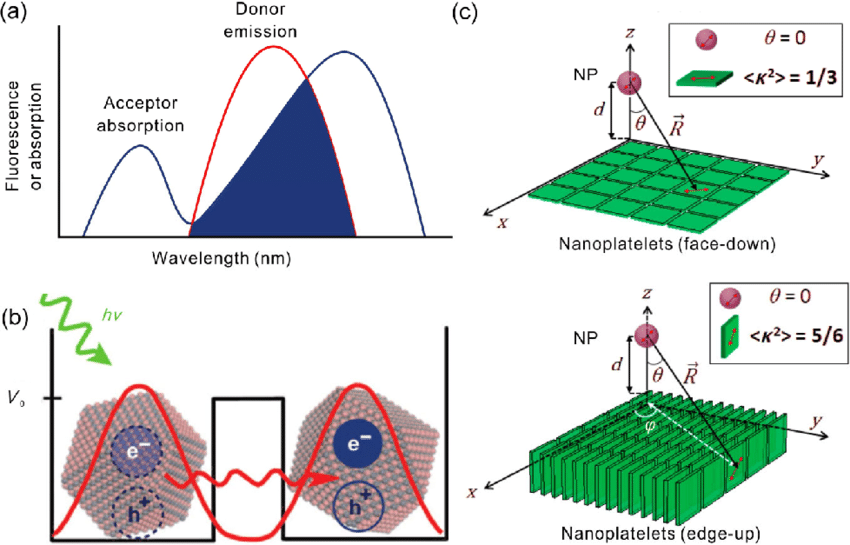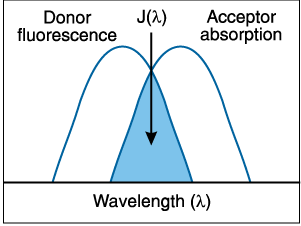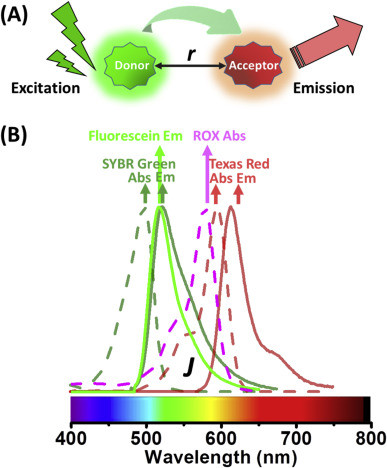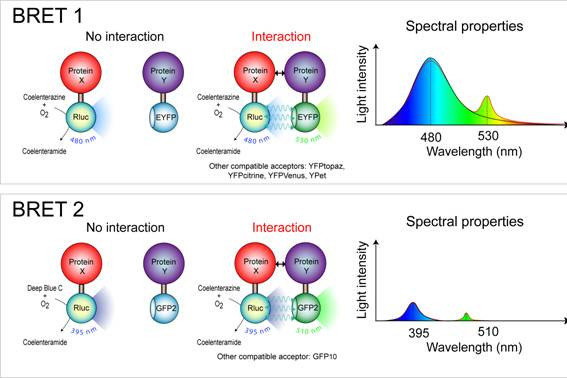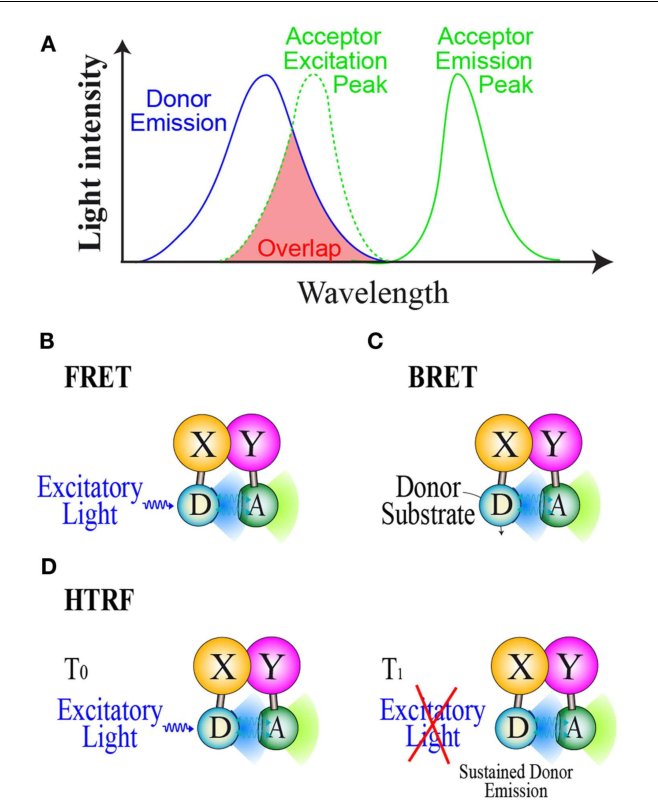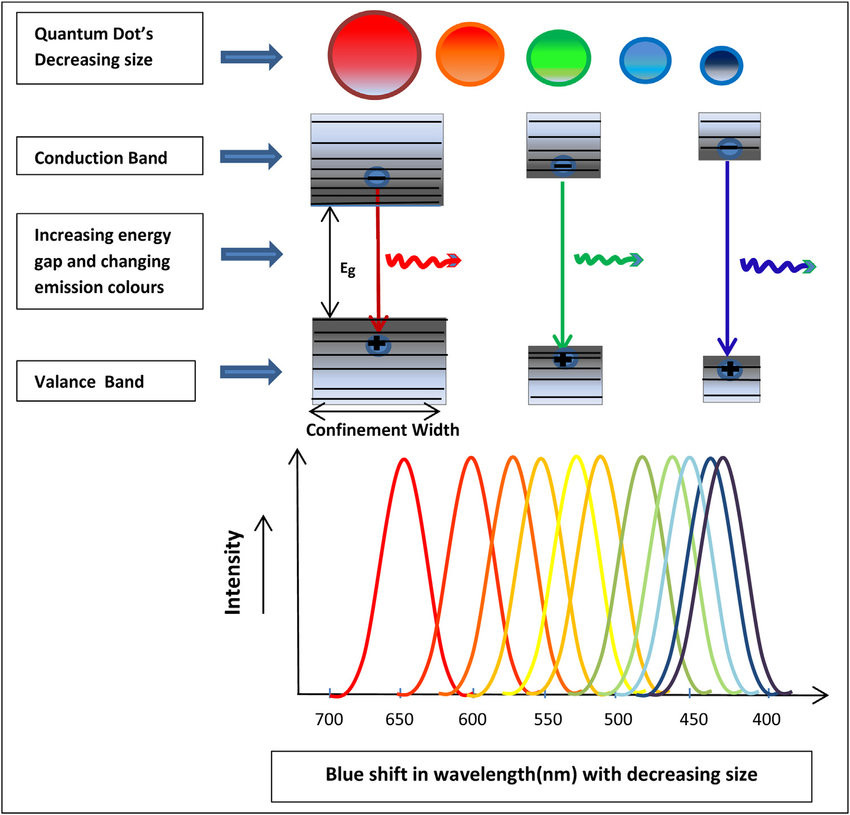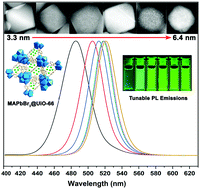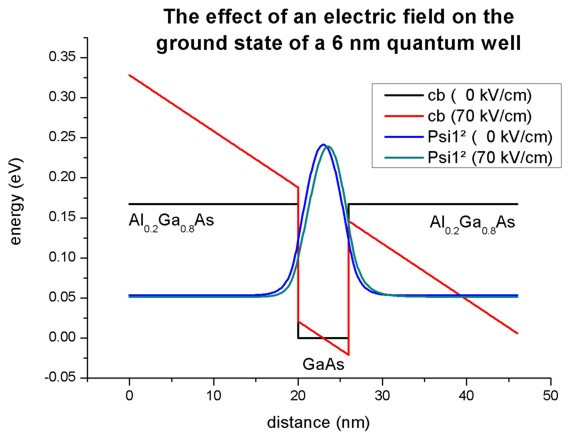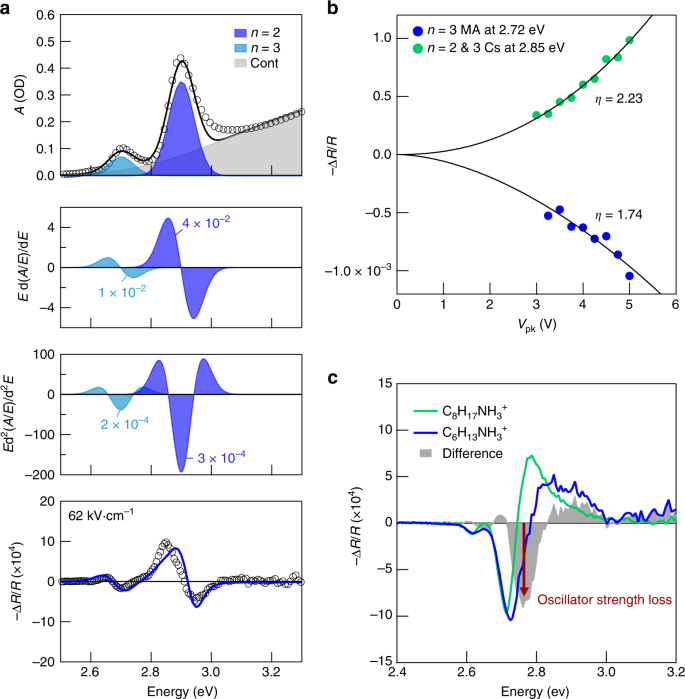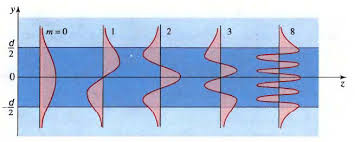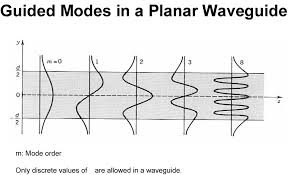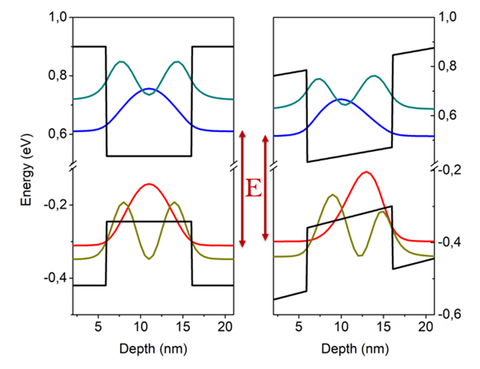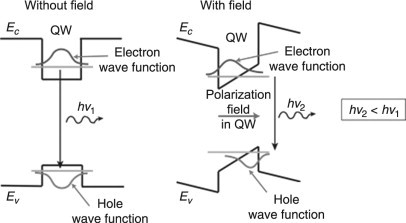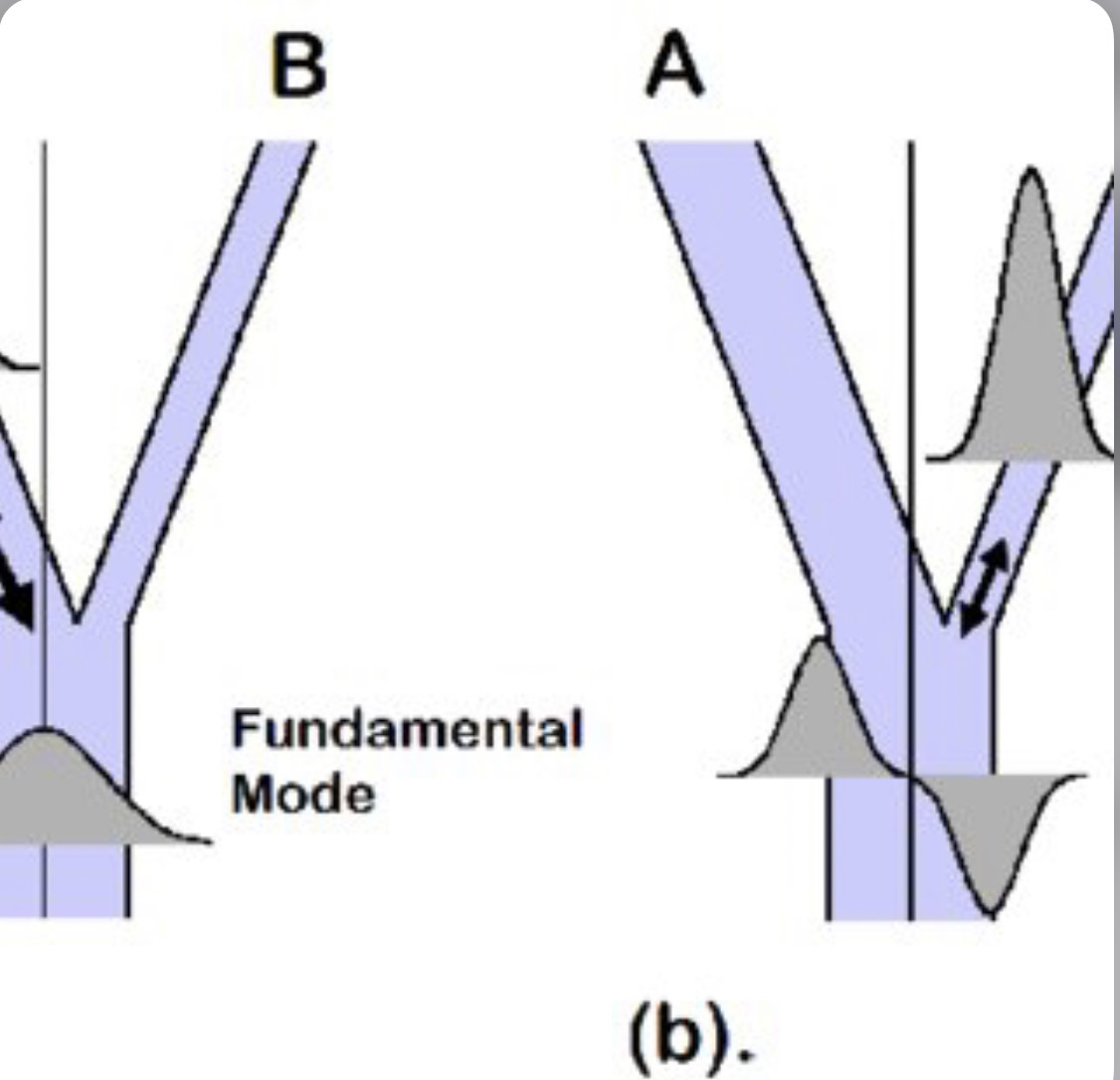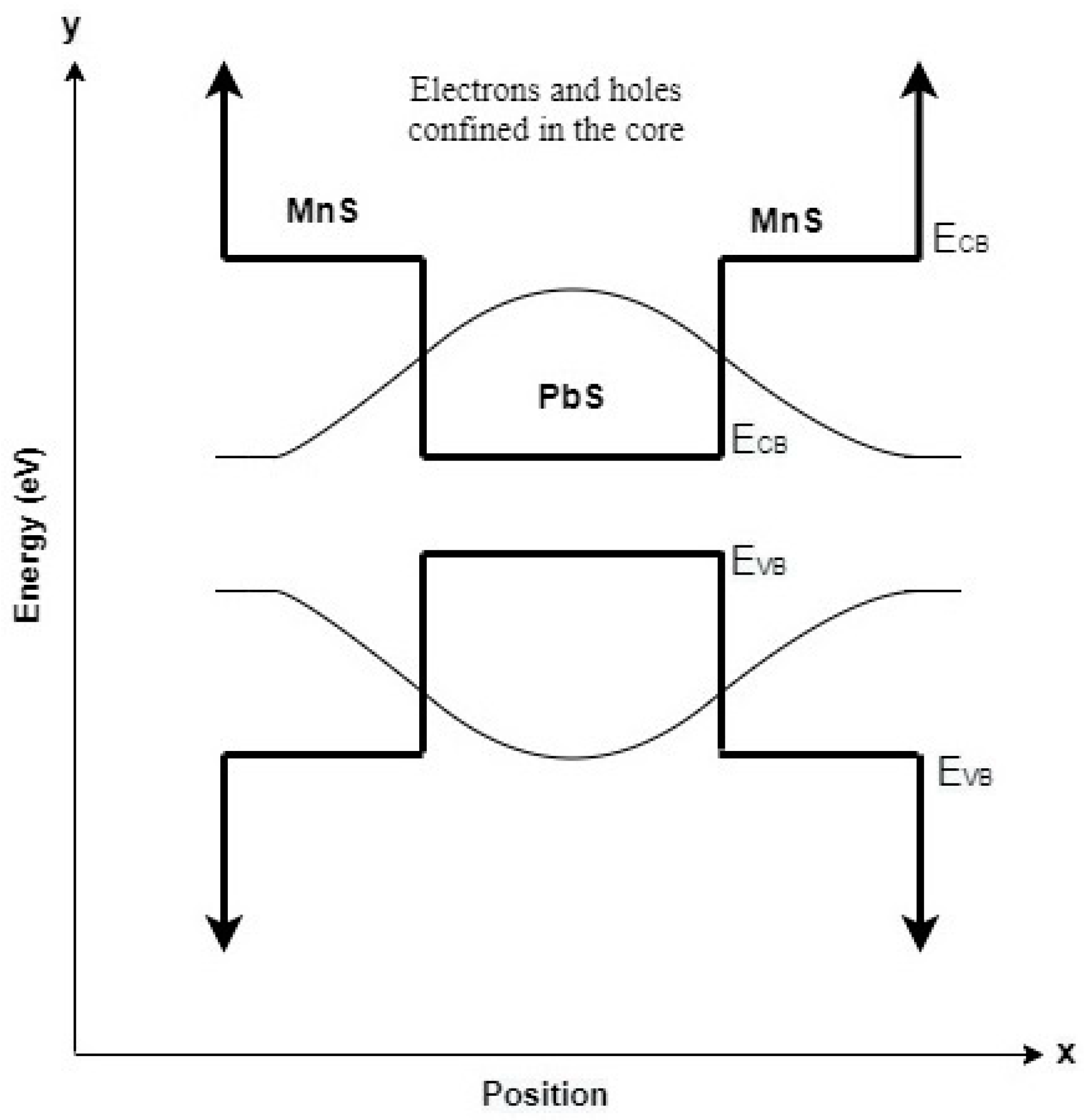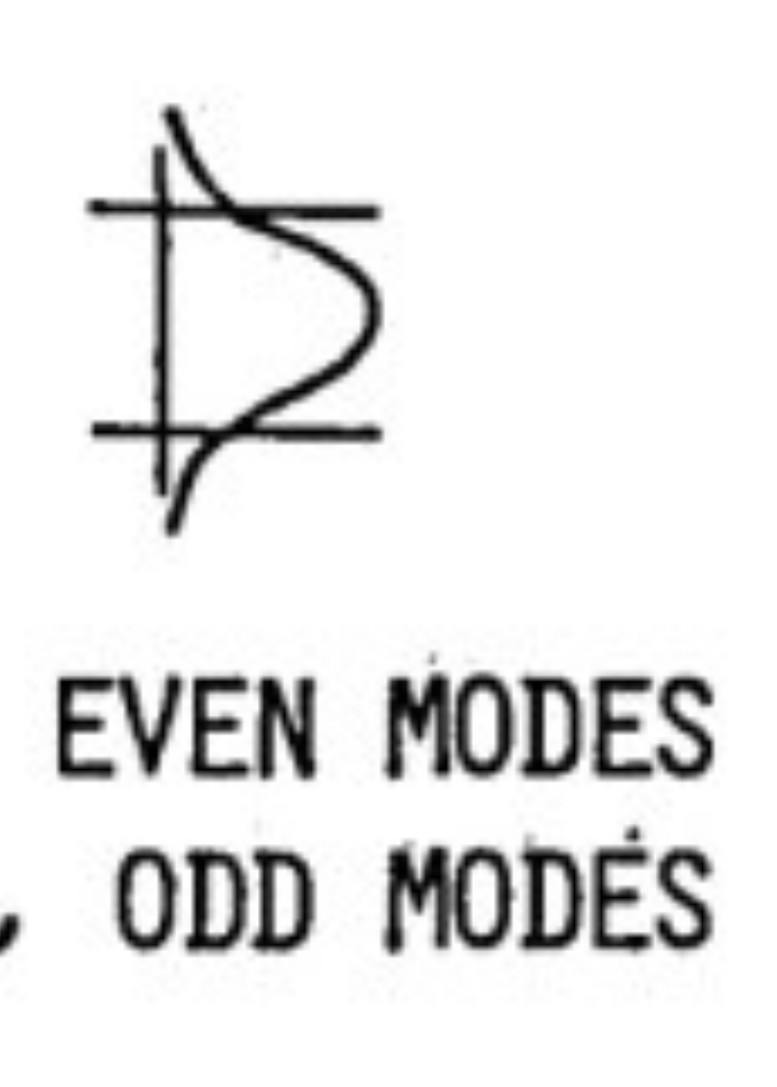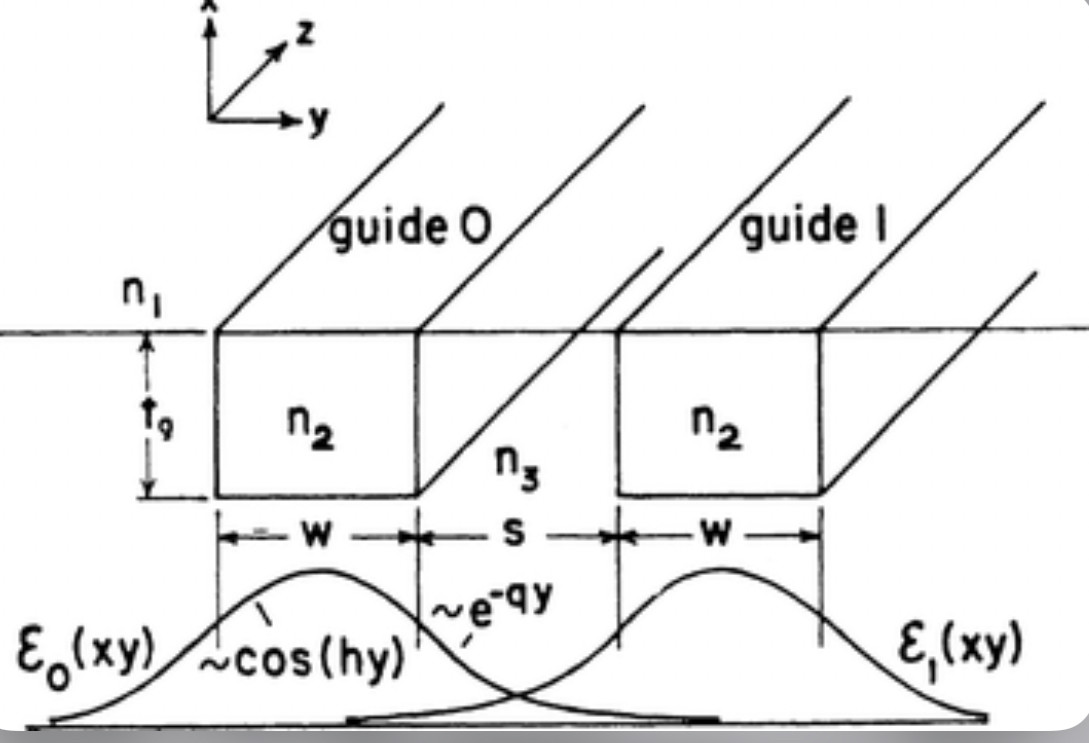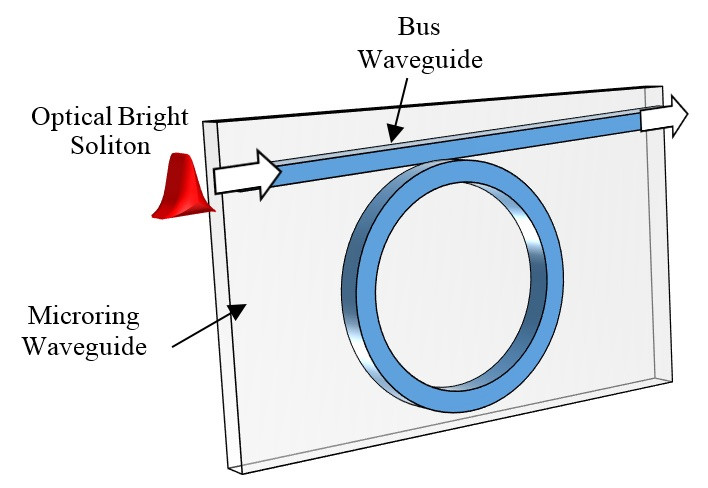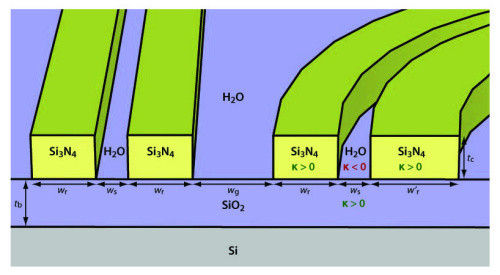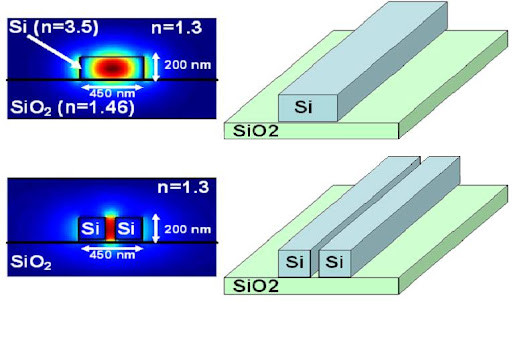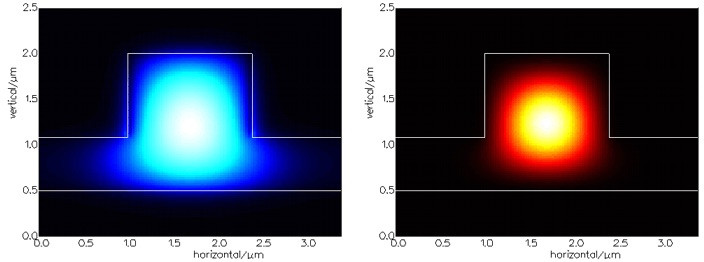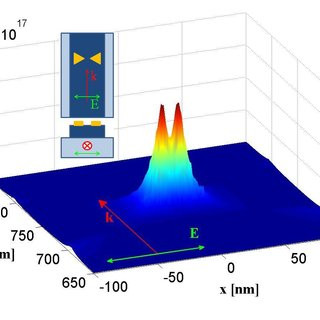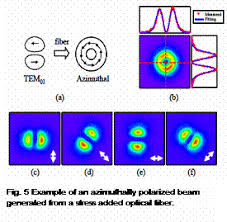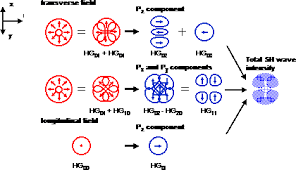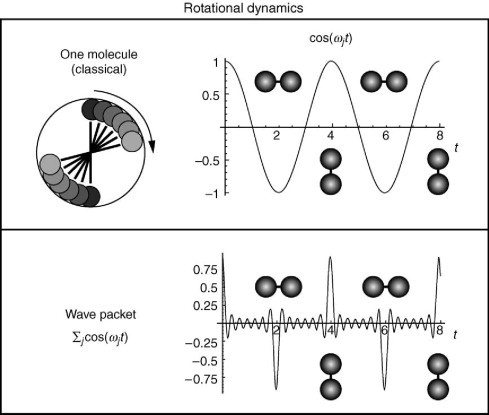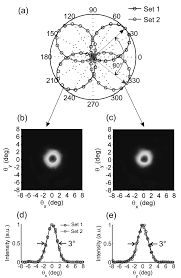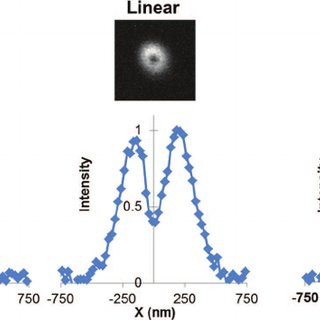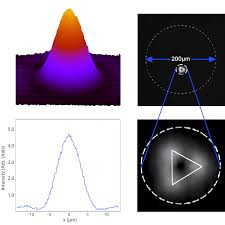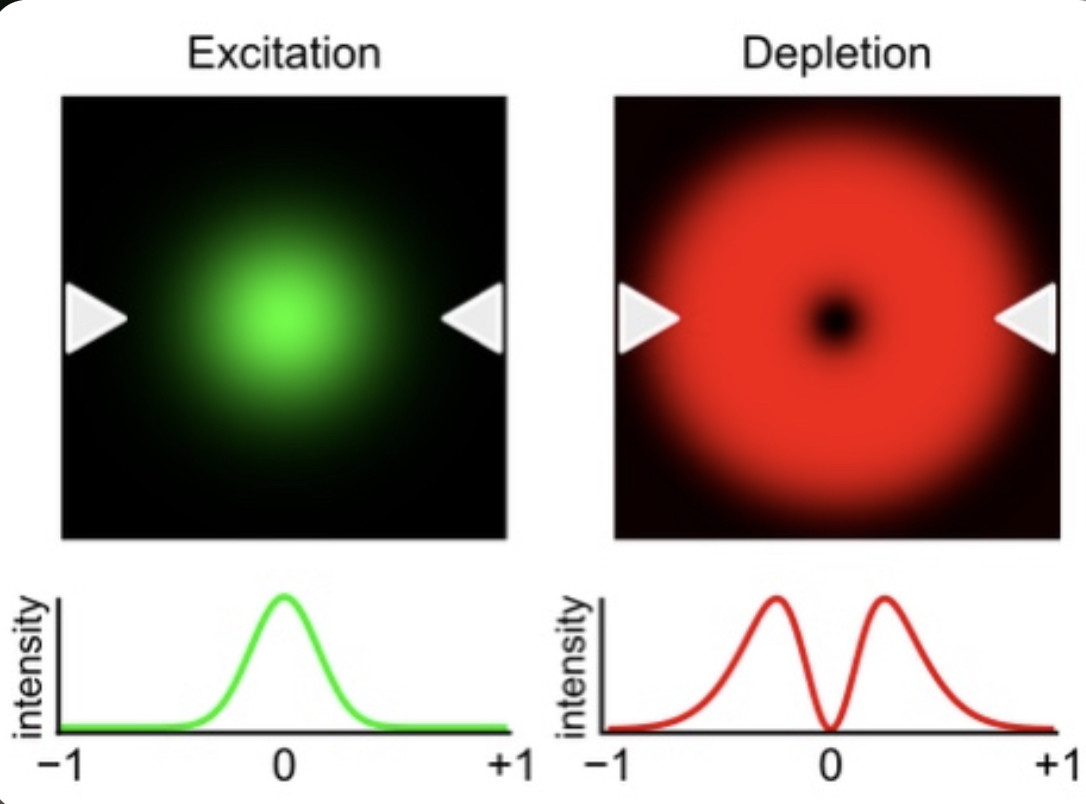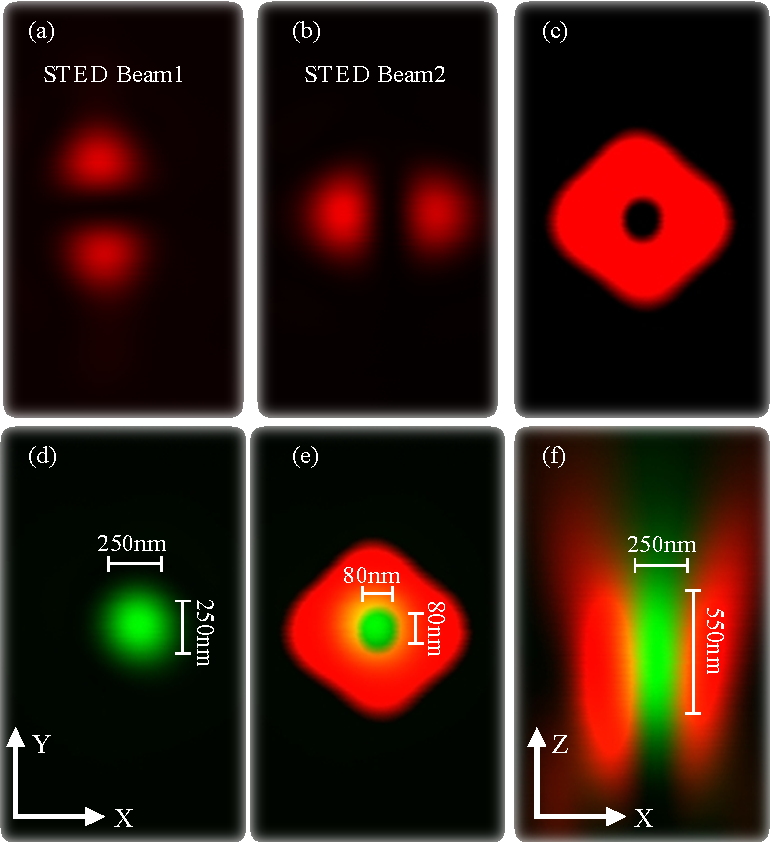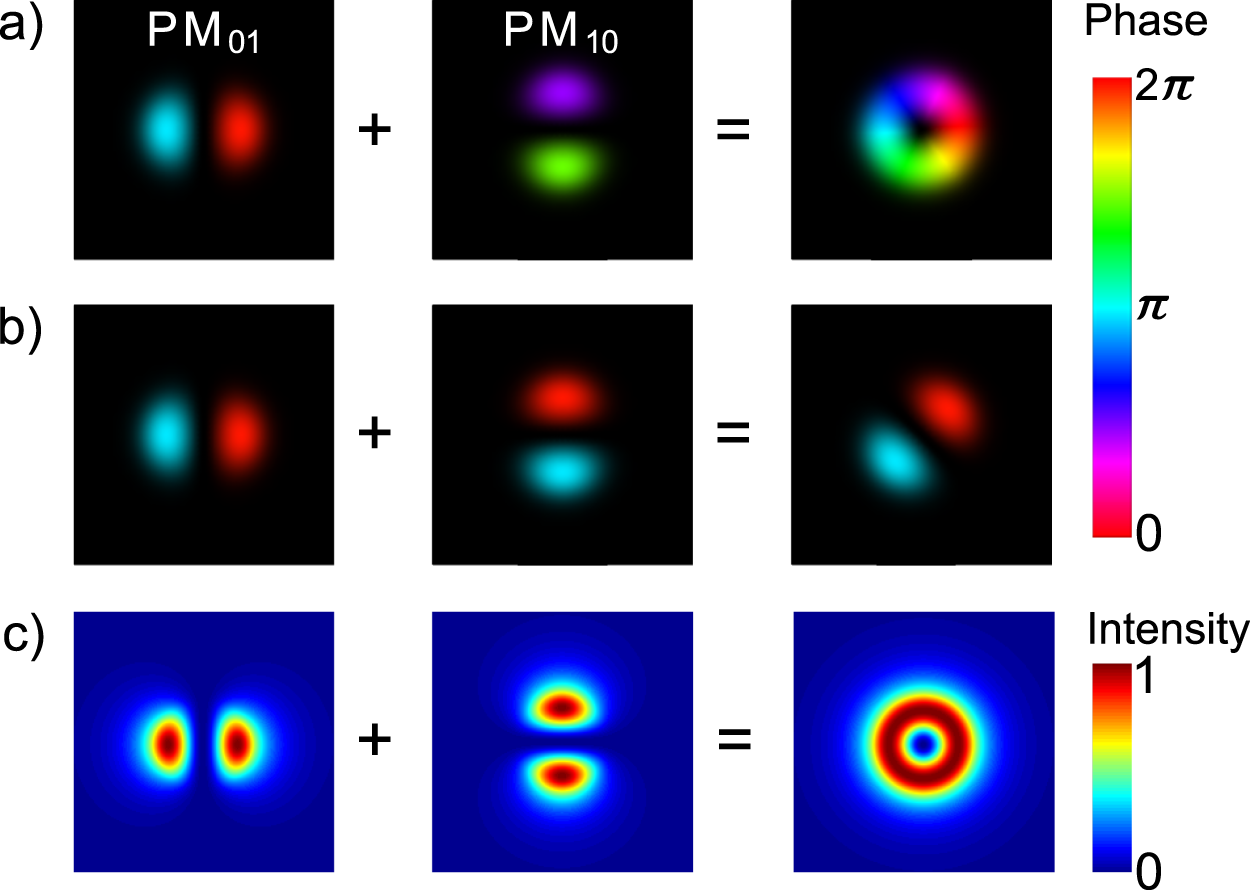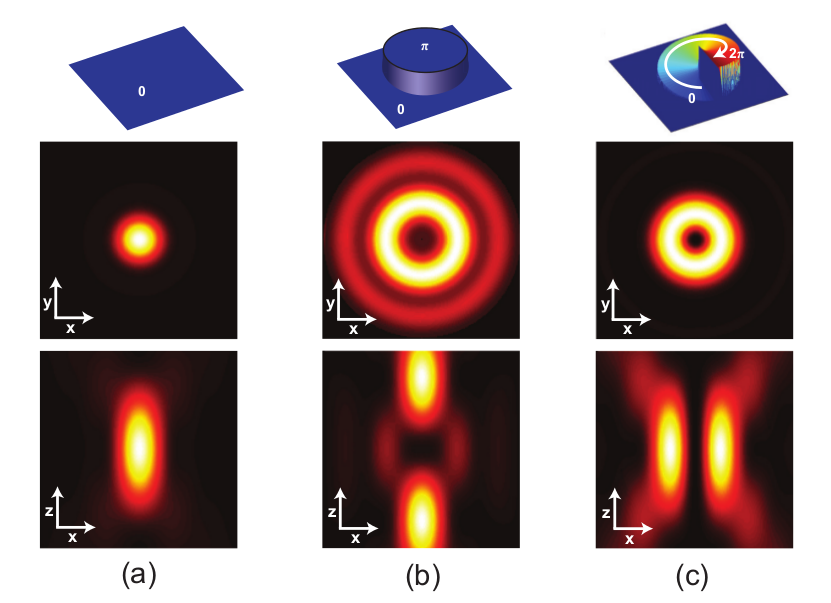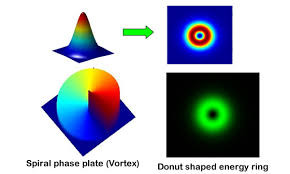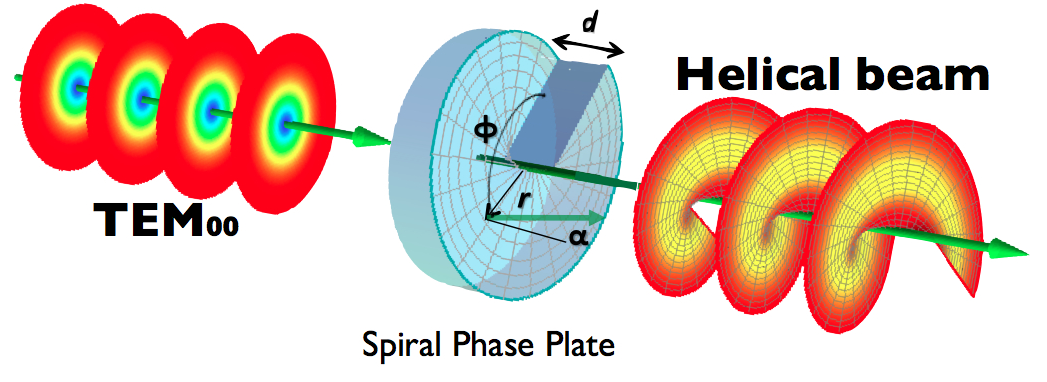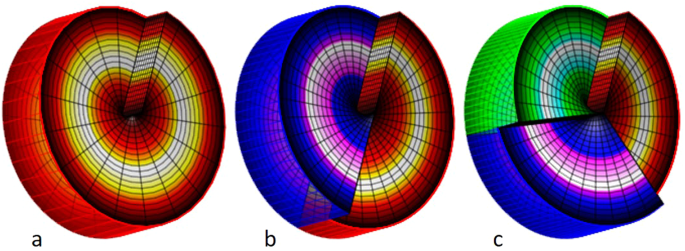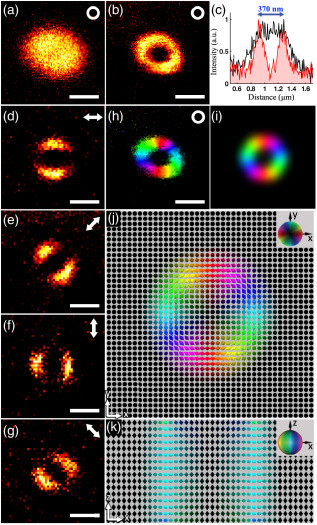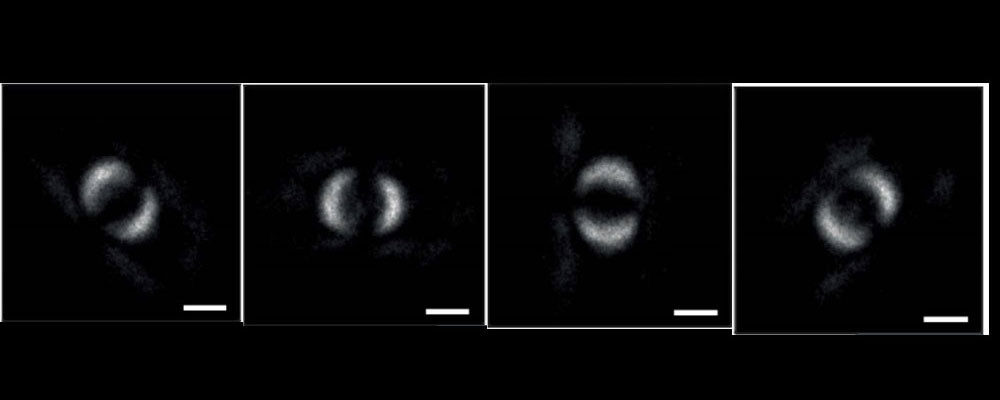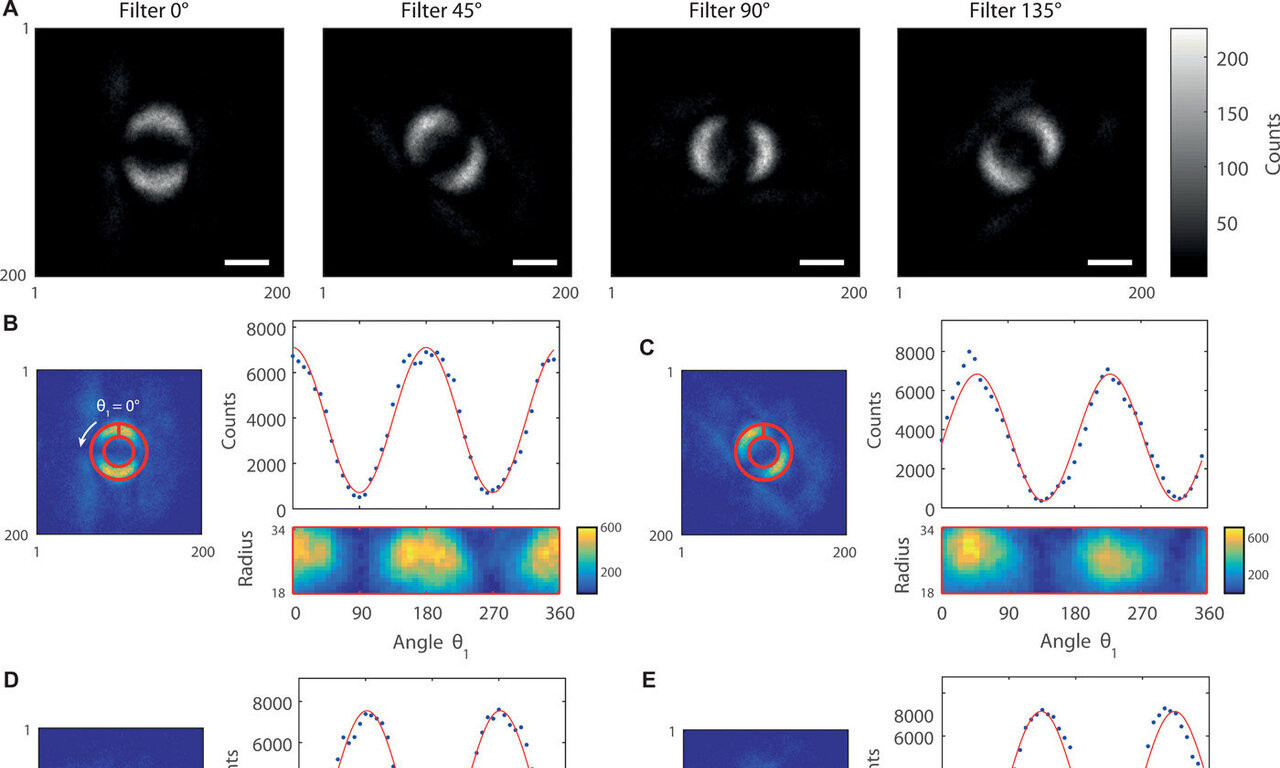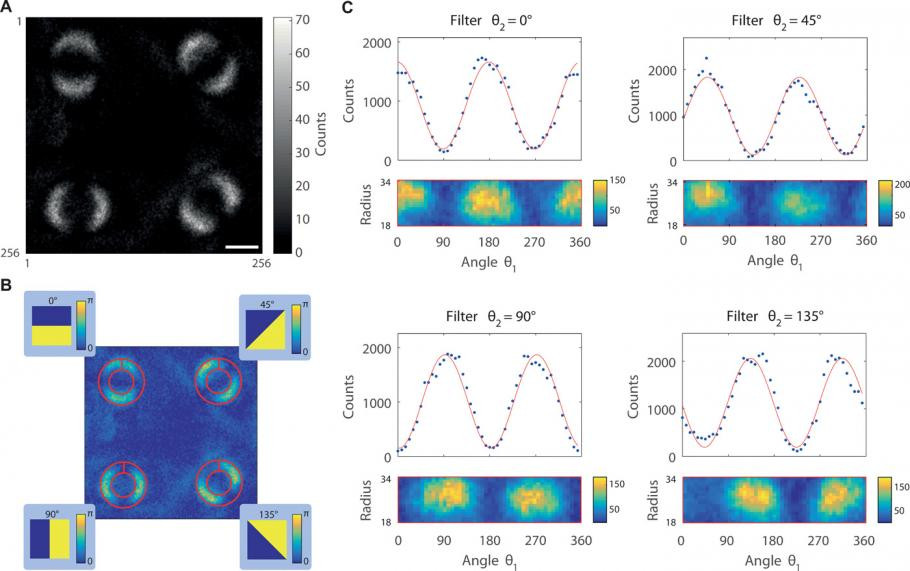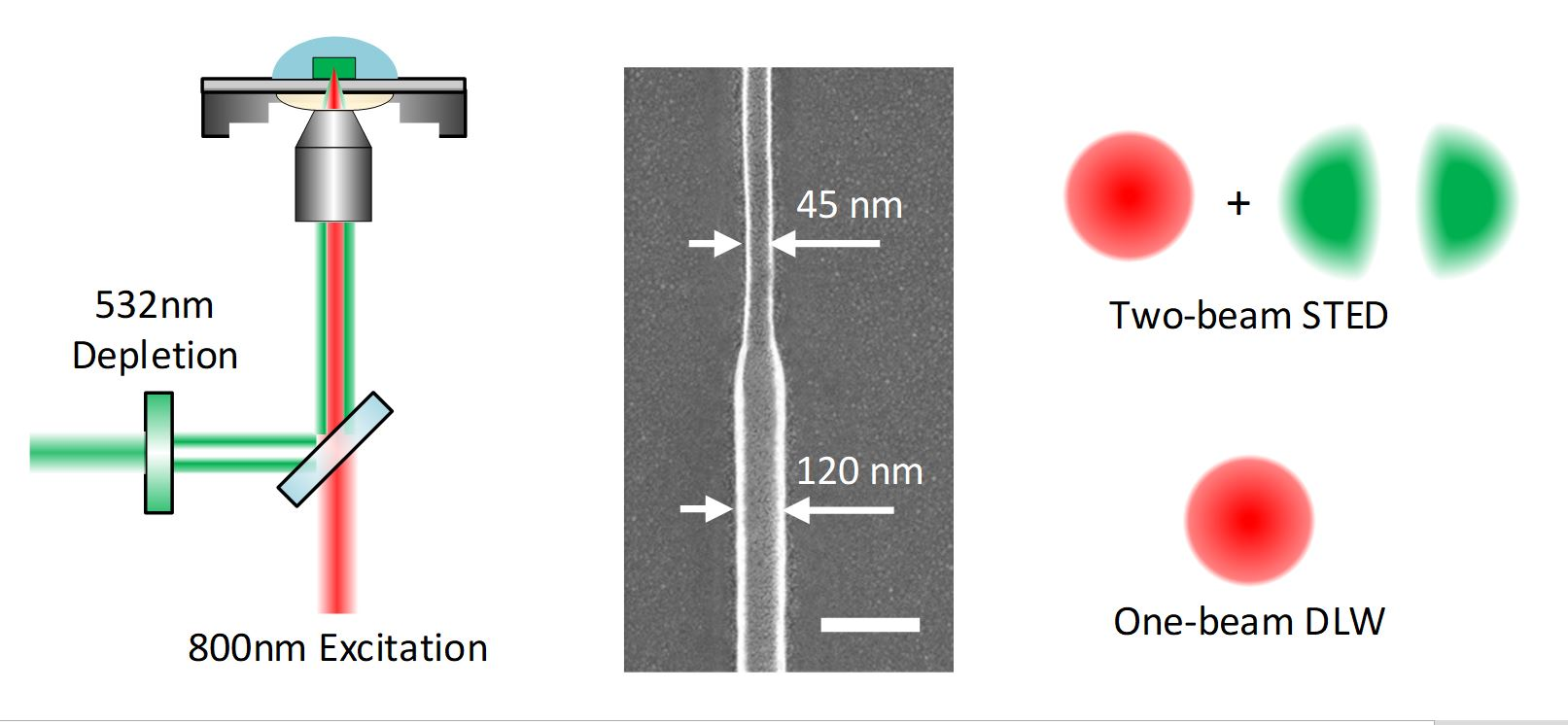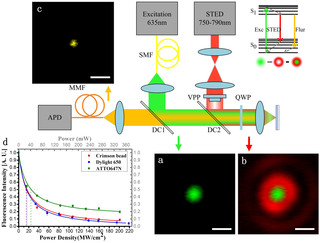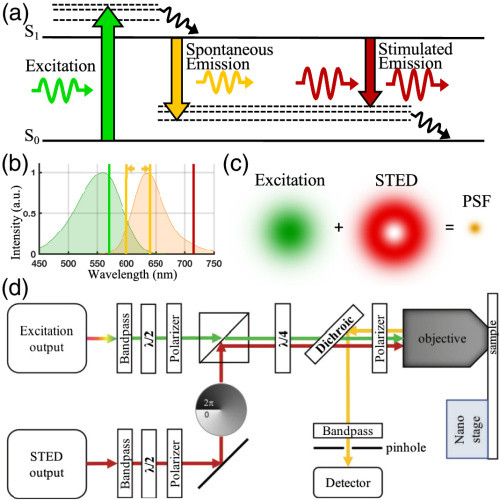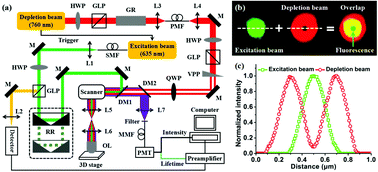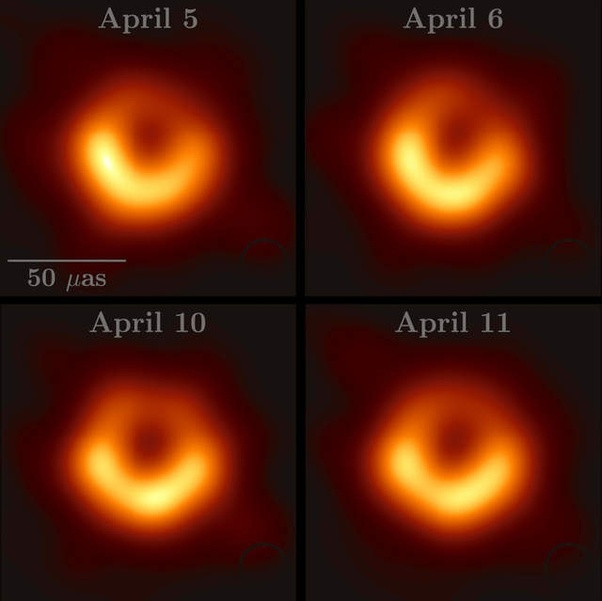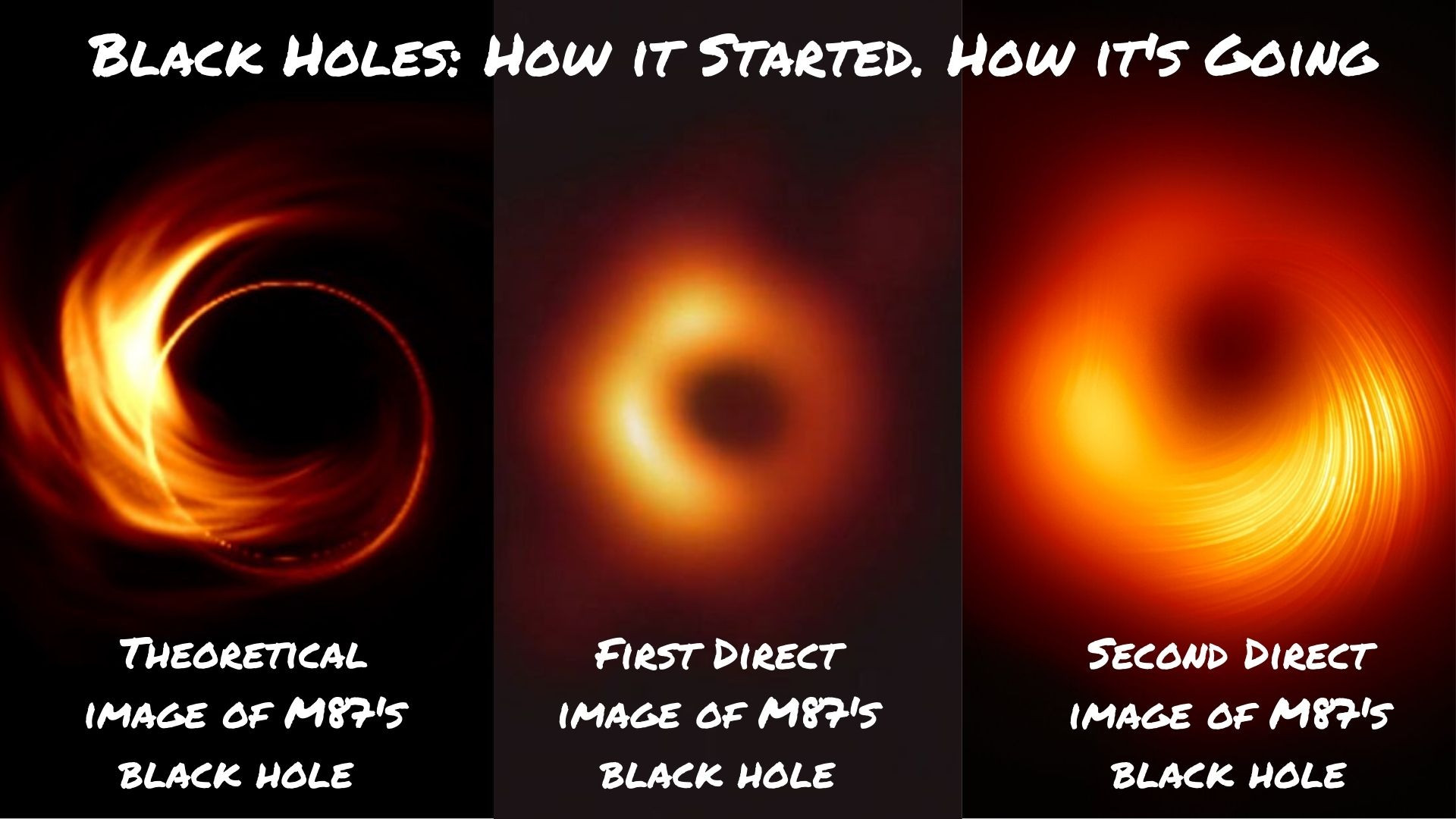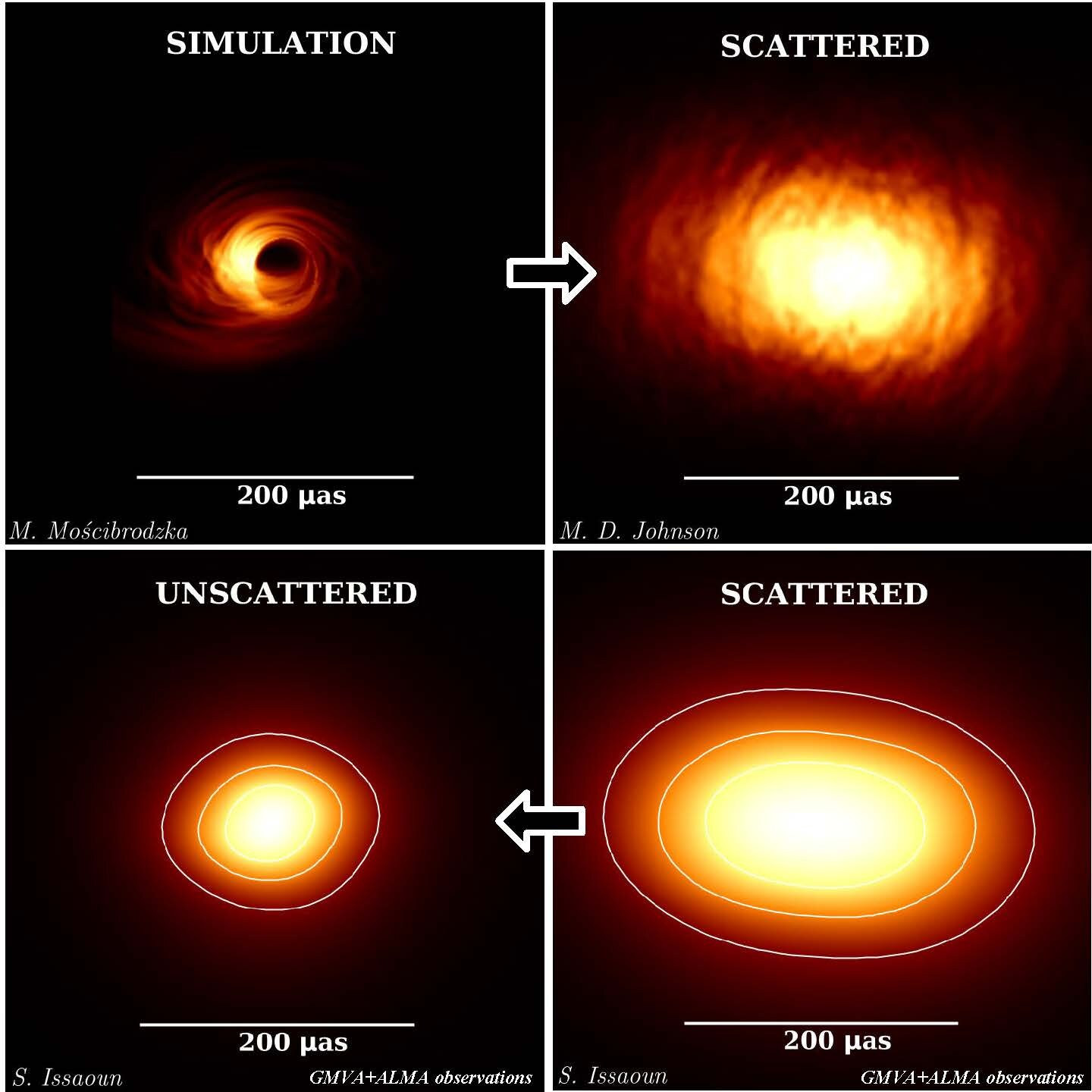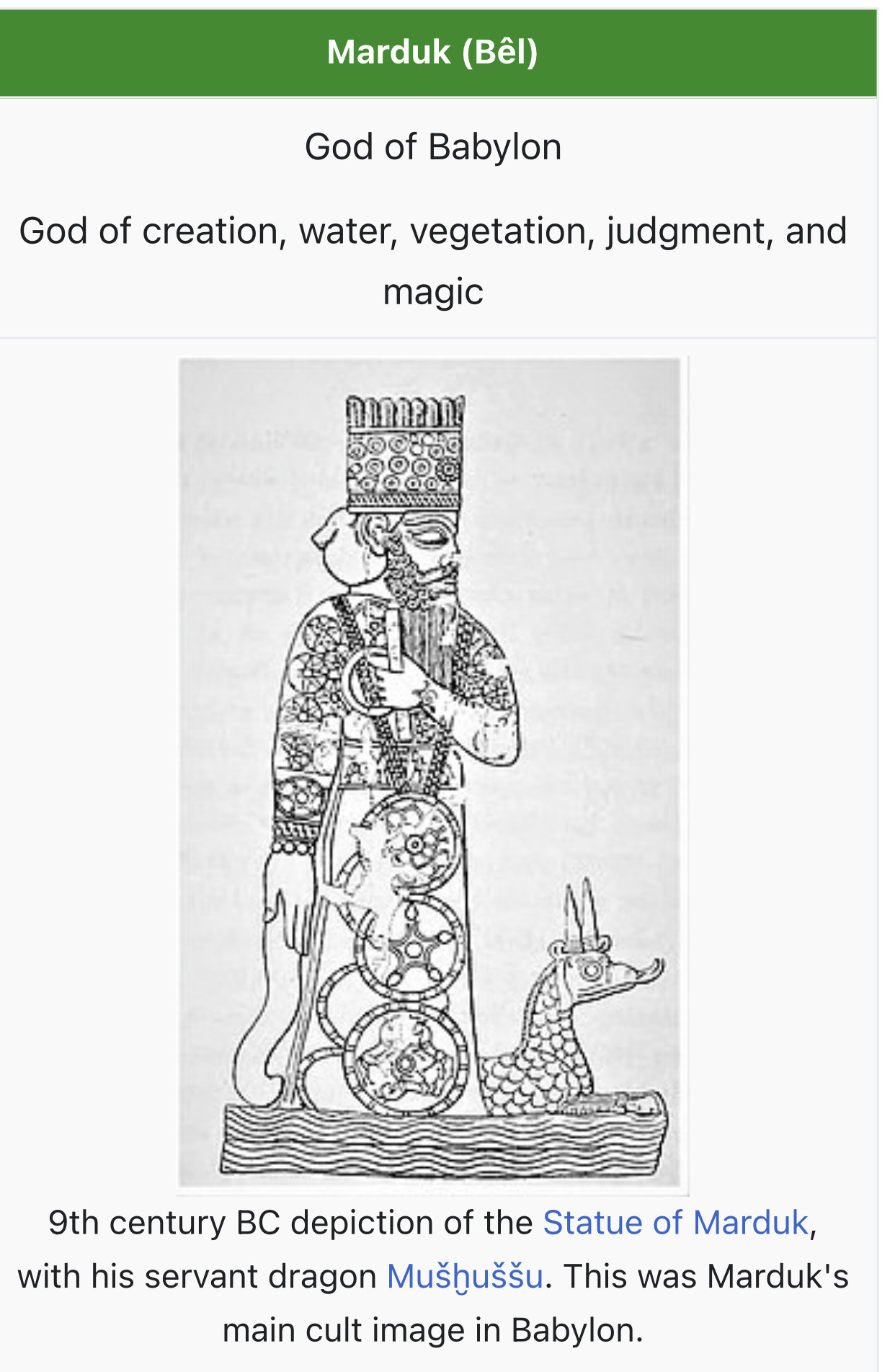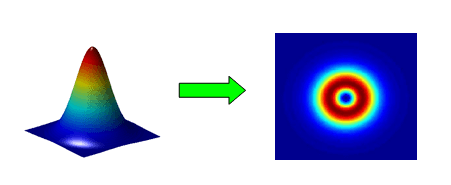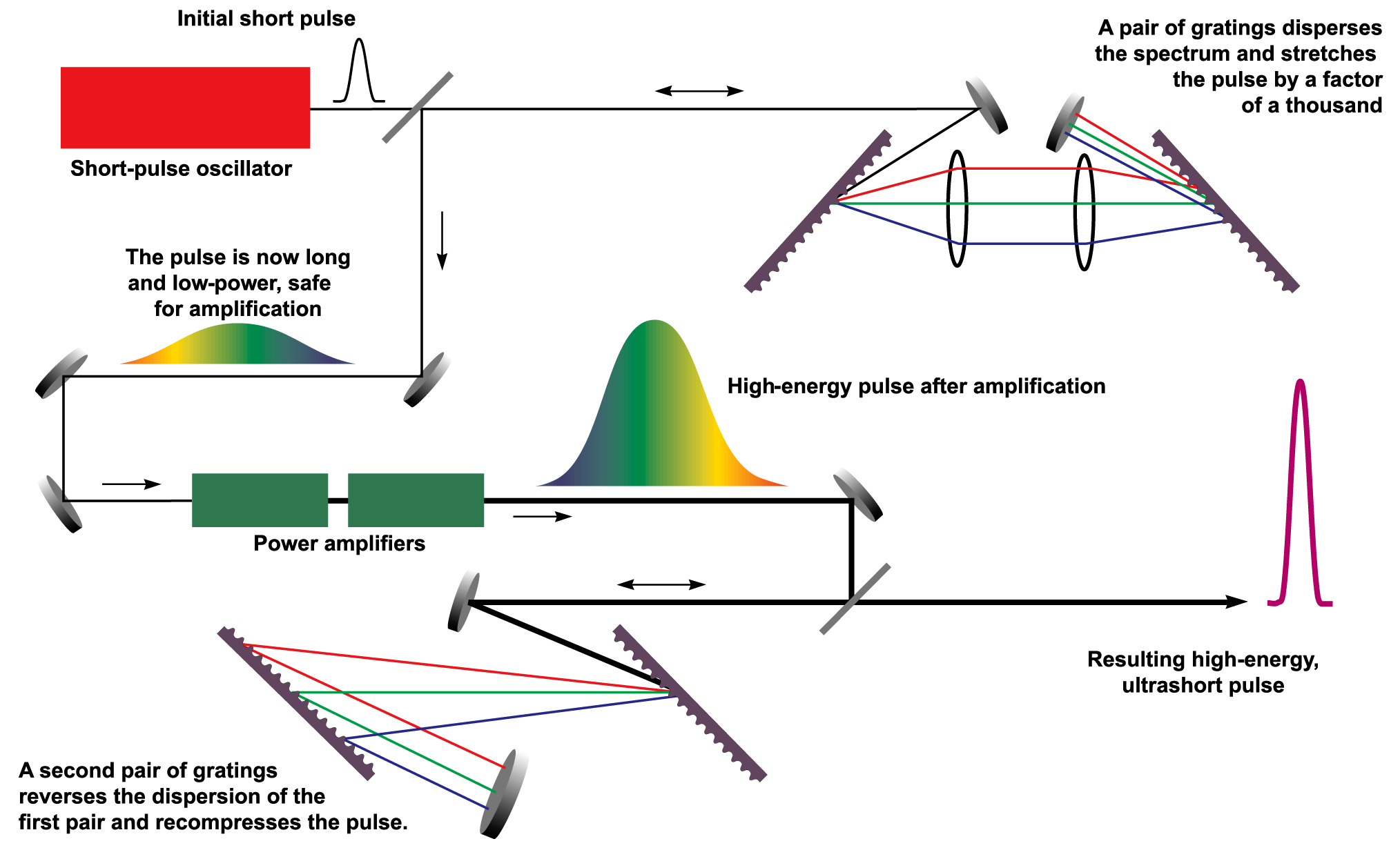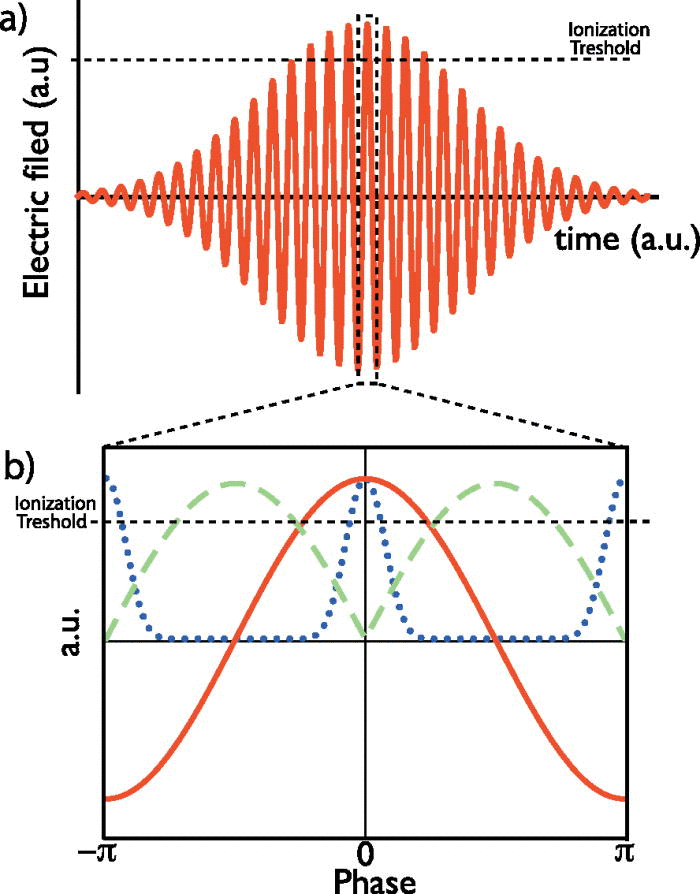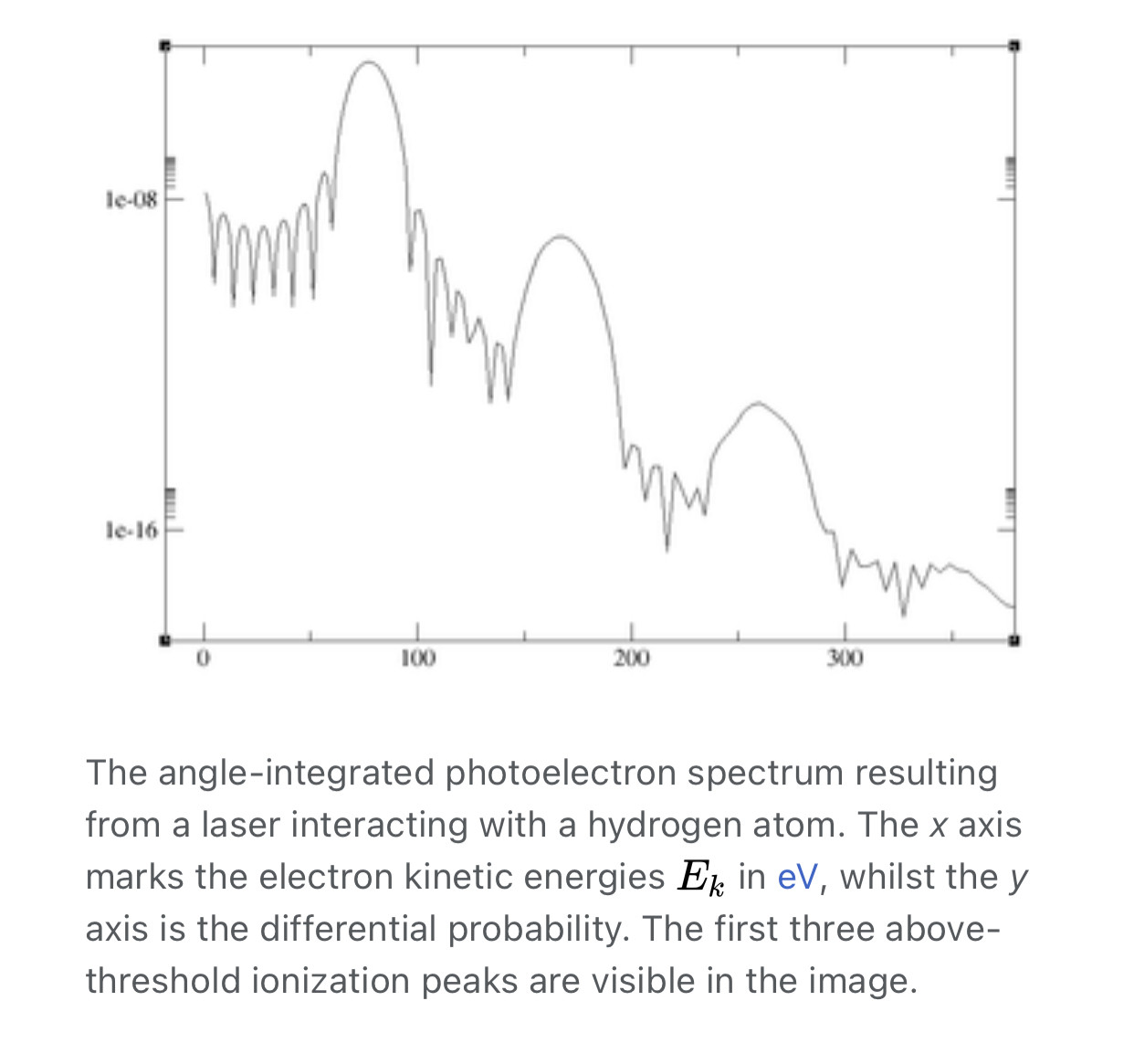100% Texan Patriot. Lifelong seeker of truth. Love of God, family and the goodness of humanity, let it shine! 🌞
what is this?
Luminous intensity, the quantity of visible light that is emitted in unit time per unit solid angle. The unit for the quantity of light flowing from a source in any one second (the luminous power, or luminous flux) is called the lumen. The lumen is evaluated with reference to visual sensation.
Several measures of light are commonly known as intensity:
Radiant intensity, a radiometric quantity measured in watts per steradian (W/sr)
Luminous intensity, a photometric quantity measured in lumens per steradian (lm/sr), or candela (cd)
Irradiance, a radiometric quantity, measured in watts per square meter (W/m2)
Intensity (physics), the name for irradiance used in other branches of physics (W/m2)
Radiance, commonly called "intensity" in astronomy and astrophysics (W·sr−1·m−2)
In optics, an ultrashort pulse of light is an electromagnetic pulse whose time duration is of the order of a picosecond (10−12 second) or less. Such pulses have a broadband optical spectrum, and can be created by mode-locked oscillators. They are commonly referred to as ultrafast events. Amplification of ultrashort pulses almost always requires the technique of chirped pulse amplification, in order to avoid damage to the gain medium of the amplifier.
They are characterized by a high peak intensity (or more correctly, irradiance) that usually leads to nonlinear interactions in various materials, including air. These processes are studied in the field of nonlinear optics.
In the specialized literature, "ultrashort" refers to the femtosecond (fs) and picosecond (ps) range, although such pulses no longer hold the record for the shortest pulses artificially generated. Indeed, x-ray pulses with durations on the attosecond time scale have been reported.
The 1999 Nobel Prize in Chemistry was awarded to Ahmed H. Zewail, for the use of ultrashort pulses to observe chemical reactions at the timescales on which they occur, opening up the field of femtochemistry.
There is no standard definition of ultrashort pulse. Usually the attribute 'ultrashort' applies to pulses with a duration of a few tens of femtoseconds, but in a larger sense any pulse which lasts less than a few picoseconds can be considered ultrashort. The distinction between "Ultrashort" and "Ultrafast" is necessary as the speed at which the pulse propagates is a function of the index of refraction of the medium through which it travels, whereas "Ultrashort" refers to the temporal width of the pulse wavepacket.
A common example is a chirped Gaussian pulse, a wave whose field amplitude follows a Gaussian envelope and whose instantaneous phase has a frequency sweep.
High intensity ultrashort pulse lasers can create ATI features with 20 or more peaks.[5] The photoelectron spectrum of electron energies is continuous since actual light sources contain a spread of energies.
Photoionization is the physical process in which an ion is formed from the interaction of a photon with an atom or molecule.
realization
/riːəlʌɪˈzeɪʃn/
noun: realization; noun: realisation
1.
an act of becoming fully aware of something as a fact.
"a growing realization of the need to create common economic structures"
awareness
understanding
comprehension
consciousness
apprehension
cognizance
appreciation
recognition
perception
discernment
the achievement of something desired or anticipated.
actualization
fulfilment
achievement
accomplishment
attainment
bringing to fruition
bringing into being
consummation
effecting
effectuation
reification
the making or being made real of something imagined, planned, etc. the result of such a process: The new church was the realization of a ten-year dream. the act of realizing or the state of being realized. an instance or result of realizing.
Not every interaction between a photon and an atom, or molecule, will result in photoionization. The probability of photoionization is related to the photoionization cross section of the species, which depends on the energy of the photon (proportional to its wavenumber) and the species being considered. In the case of molecules, the photoionization cross-section can be estimated by examination of Franck-Condon factors between a ground-state molecule and the target ion. For photon energies below the ionization threshold, the photoionization cross-section is near zero. But with the development of pulsed lasers it has become possible to create extremely intense, coherent light where multi-photon ionization may occur. At even higher intensities (around 1015 – 1016 W/cm2 of infrared or visible light), non-perturbative phenomena such as barrier suppression ionization[3] and rescattering ionization[4] are observed.
Resonance-enhanced multiphoton ionization (REMPI) is a technique applied to the spectroscopy of atoms and small molecules in which a tunable laser can be used to access an excited intermediate state.

